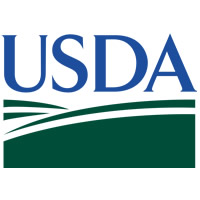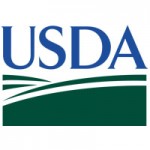The USDA Food Safety and Inspection Services (FSIS) has released its 2023-2026 Strategic Plan, the foundation document for both the long range and day-to-day operations of the agency. The agency announced that the updated plan continues to emphasize the importance of science and data to implement advanced and innovative approaches to food safety.
The plan includes three strategic goals:
Goal 1: “Prevent Foodborne Illness and Protect Public Health,” which focuses directly on FSIS’ public health mission and its activities.
Goal 2: “Transform Inspection Strategies, Policies, and Scientific Approaches to Improve Public Health,” which focuses on improving how the agency conducts food safety activities.
Goal 3: “Achieve Operational Excellence,” which focuses on maintaining and improving the strong internal foundation needed to meet goals 1 and 2.
As part of the primary goal, “Prevent Foodborne Illness and Protect Public Health,” the FSIS specifically plans to:
- Advance a proposed regulatory framework for its new strategy to reduce Salmonella infections attributable to poultry. FSIS is considering: (1) requiring that incoming flocks be tested for Salmonella before entering an establishment; (2) enhanced establishment process control monitoring and FSIS verification; and (3) an enforceable final product standard. This proposed strategy is aimed at moving the Agency closer to achieving the national target of a 25% reduction in Salmonella illnesses set by Healthy People 2030 and is expected to be in place by May 2024.
- Strengthen compliance with food safety statutes and regulations by:
- Regularly assessing domestic food safety systems to determine how well they are maintaining process control as well as leveraging data from the Public Health Information System (PHIS) to identify patterns and trends in noncompliance with FSIS regulations among establishments.
- Conducting outreach, technical assistance, and information sharing with other countries to improve understanding of FSIS’ regulatory requirements and policies. This is to ensure food safety standards for imported products are equivalent to those of domestic products to reduce foodborne infections attributable to FSIS-regulated products, specifically for Salmonella illnesses attributable to poultry.
- Improve food safety at in-commerce facilities by using a risk-based approach to target FSIS resources—including resources used for surveillance, investigative, and enforcement activities.
- Enhance response to outbreaks by improving information sharing and collaboration with public health partners during investigations to remove contaminated product more quickly from commerce.
- Sustain progress in food defense by assuring that establishments adopt and incorporate food defense practices into their day-to-day operations, and that agency personnel and industry are prepared to respond to an act of intentional contamination.
- Increase public awareness of recalls, public health alerts, foodborne illness outbreaks, and consumer adoption of safe food handling practices, by identifying the best approaches to influence behavior and deploying proactive strategies based on behavioral science research.



